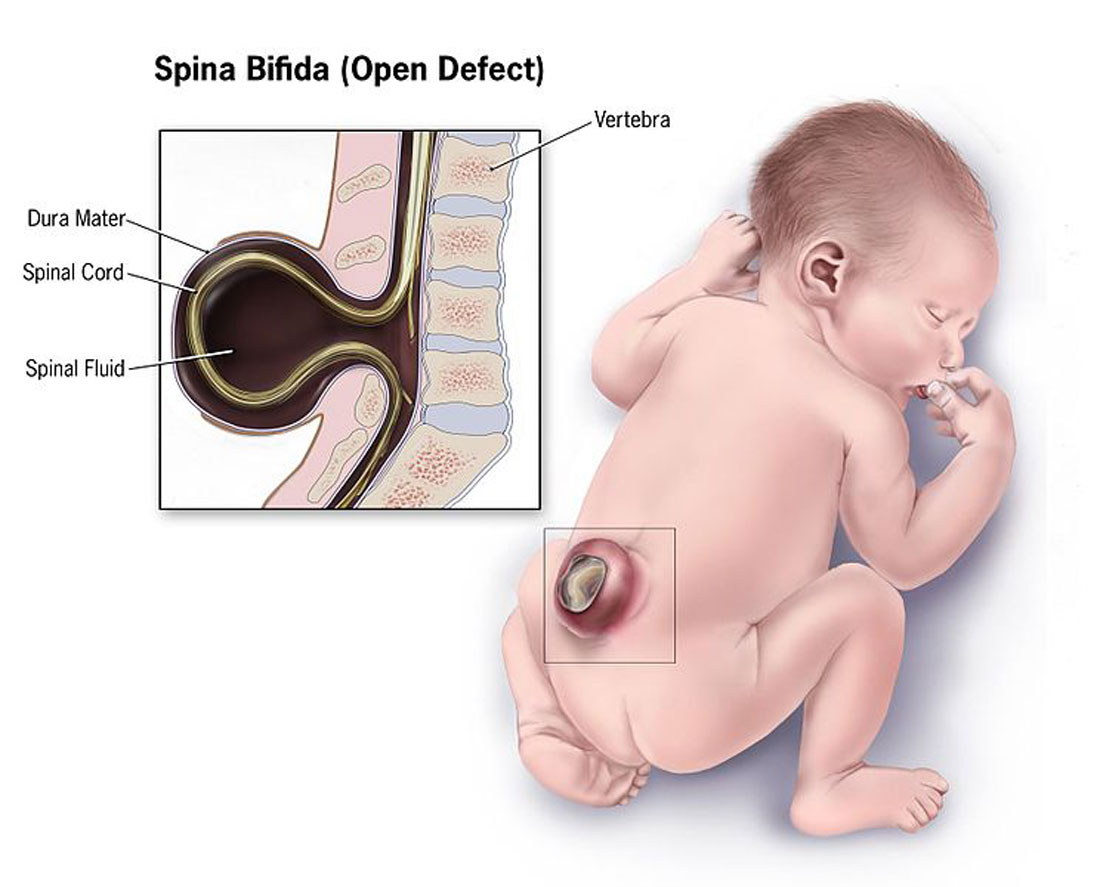By Madison Hopkins
The push is on to bring folic acid to the diets of Hispanic women, who are 30-40 times more likely to have babies with a crippling birth defect than other groups.
Hispanic women traditionally rely on corn masa flour to make foods like tortillas and staples of Latin American diets. They are possibly missing out on a public health intervention from the late 1990s to fortify enriched wheat flour and other enriched grain products with folic acid.
Folic acid is a B vitamin key to the prevention of neural tube birth defects, such as spinal bifida and anencephaly.
The March of Dimes, along with a coalition of other organizations, is awaiting the results of its petition to the FDA to fortify corn masa flour, extending the prevention efforts to more Hispanic-American women.
The FDA began requiring the fortification of folic acid in enriched foods, like cereal, bread or pasta, to ensure the supplement was already in women’s diets during the very early stages of their pregnancies. That’s when it’s most needed to prevent neural tube defects affecting a baby’s brain and spine. Before mandatory fortification, many women would wait until after they realized they were pregnant to begin taking folic acid supplements, weeks too late.
The intervention was wildly successful. The Centers for Disease Control and Prevention estimates neural tube defects dropped by about 36 percent since mandatory enrichment began, resulting in roughly 1,300 more births of healthy babies each year.
“It is a passive public health intervention, and an incredibly successful one,” said Cynthia Pellegrini, senior vice president of public policy and government affairs of the March of Dimes.
And although Hispanic babies were included in the trend of an overall reduction of neural defects since fortification began, they still see significantly higher rates when compared to other ethnic and racial groups.
Prevalence of Neural Tube Defects
[field name=”chart”]
That’s because whenever people in the United States eat cereal, pasta, bread or other products made with enriched flour, they are consuming folic acid. But women whose diets consist mainly of products made with corn masa flour, such as tortillas or tamales, face a blind spot in the fortification plan.
“While correlation isn’t necessarily causation, it was pretty compelling that because Latinas had a higher intake of corn (masa) flour versus wheat flour products, it appeared obvious that the higher rate of spina bifida and neural defects was due to the absence of fortification,” said Charles Kamasaki, senior cabinet adviser for the National Council of La Raza.
Even if a company wants to voluntarily fortify foods made with corn masa flour, that is not allowed under the FDA’s current regulations. But after four years of roadblocks and research, the agency is expected to issue a decision on the petition to fortify corn masa flour in April.
The petition was first introduced in 2012, but stalled when the FDA asked petitioners to research concerns about how the fortification process would work in a different product. Corn masa flour is made with an alkaline solution, and the FDA worried this could affect the stability of the folic acid.
Michael Dunn, a Brigham Young University professor and food and nutrition scientists took on this research with his team, funded by the March of Dimes. And while he said he won’t discuss the study publicly while it is still under FDA review, he has previously stated that the results were promising for the retention of folic acid in baked tortillas and even fried chips.
The results of the study were submitted to the FDA in October, and the agency asked for an additional 90 days in mid-January to continue its review.
Advocates argue, however, that this process has taken long enough and the delays are more a result of bureaucracy rather than scientific concerns.
“This is a political problem, not a science problem,” said Dr. Godfrey Oakley, director of Emory University’s Center for Spina Bifida Research, Prevention and Policy.
Oakley worked for the CDC when the 1996 regulations to fortify enriched grains with folic acid were first adopted. He said corn masa flour wasn’t considered for fortification at the time because the product didn’t fulfill certain agency standards in the way it was classified.
After the initial omission, the possibility of fortifying corn masa flour faced years of administrative hurdles—wasted time that could have been better spent on preventing two decades of birth defects, he said.
“The position they have taken is that they’re just not going to do that until they can dot every single regulatory ‘I’ and cross every ‘T,’ while babies continue to have birth defects. I view it as public health malpractice,” Oakley said.
The petitioners, along with the other co-sponsors, remain committed to finding a way to work with the FDA to make the agency comfortable with allowing fortification, according to the March of Dimes
“We believed that firmly from the first day we started working on it, that this is an incredibly important public health intervention,” Pellegrini said. “We need to ensure the benefits of folic acid extend to all Americans and all babies born in this country.”
Countries Requiring Fortification
[field name=”map”]


